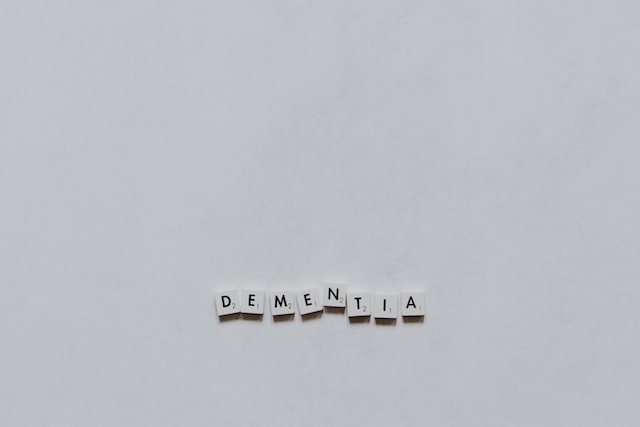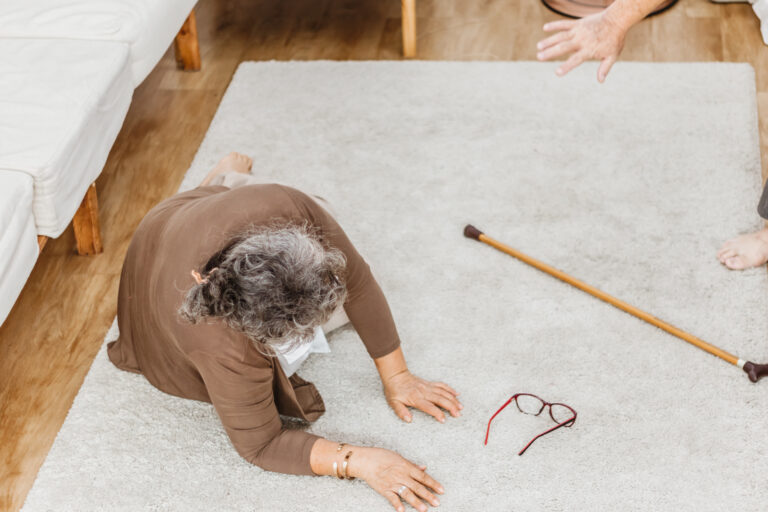Vibrant Visions: Art and Creativity Illuminating the Dementia Journey
Art and creativity have long been recognized as powerful tools in enhancing the lives of individuals with dementia. These creative expressions not only provide a means of communication but also serve as a therapeutic outlet, fostering emotional healing and cognitive stimulation. In this article, we will explore how art therapy and other creative activities illuminate the dementia journey, offering hope and joy to both patients and caregivers.
### The Power of Art Therapy
Art therapy involves various creative activities such as drawing, painting, and coloring. These activities help individuals with dementia express emotions and feelings that may be difficult to articulate verbally. By engaging in art, patients can stimulate their memories, improve cognitive abilities, and enhance their mood. For instance, creating familiar drawings or paintings can evoke memories from the past, providing a sense of connection to their personal history[1][5].
Art therapy also offers a platform for social interaction. When conducted in group settings, it allows participants to bond with others, reducing feelings of isolation and loneliness. This social aspect is crucial as it helps strengthen relationships between patients and their caregivers, promoting a sense of belonging and community[1].
### Beyond Art: Other Creative Therapies
While art therapy is highly effective, other creative therapies also play significant roles in dementia care. Music therapy, for example, is renowned for its ability to evoke emotions and memories. Even when verbal communication becomes challenging, music can trigger recollections of past events and emotions, fostering engagement and joy[3][5].
The Validation Method, developed by Naomi Feil, emphasizes the importance of creative arts in dementia care. This approach focuses on empathy and understanding, using music and other arts to connect with individuals on an emotional level. By validating their feelings and experiences, caregivers can build meaningful relationships with patients[3].
### The Impact of Creativity on Dementia Care
Creativity in dementia care extends beyond traditional art forms. Activities like storytelling and poetry provide additional avenues for self-expression. These forms of creative expression allow individuals to share their personal histories and emotions without the constraints of coherent speech, reinforcing their identity and sense of belonging[3].
Moreover, creative activities have been shown to reduce anxiety and stress, improve focus, and enhance overall well-being. By engaging in these activities, individuals with dementia can experience a sense of accomplishment and pride in their creations, which is essential for maintaining self-esteem and confidence[3][5].
### Conclusion
Art and creativity are not just hobbies; they are vital components of dementia care. By embracing these creative outlets, individuals with dementia can find new ways to express themselves, connect with others, and experience joy and fulfillment. As we continue to explore the benefits of art therapy and other creative activities, it becomes clear that they offer a beacon of hope and illumination on the dementia journey, enriching the lives of both patients and caregivers alike.





